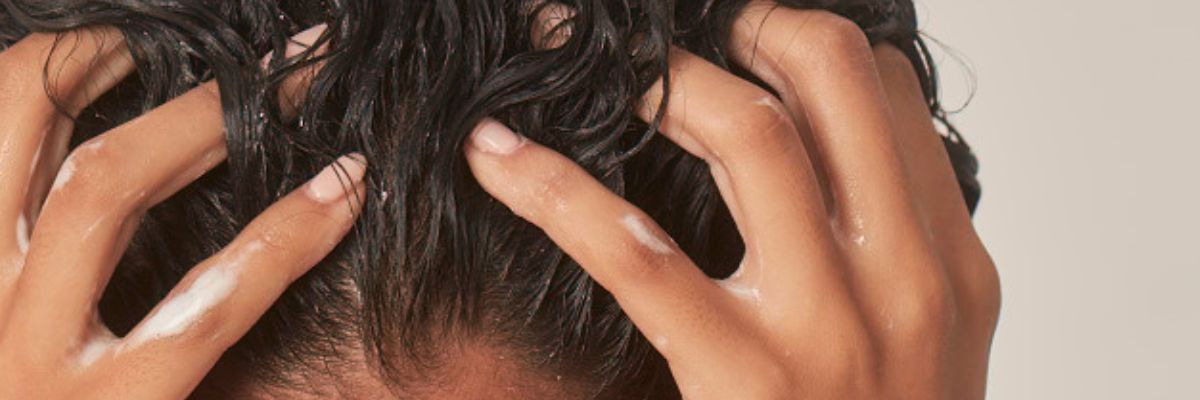Living with rosacea can be challenging, both physically and emotionally. While there is no cure there are ways to manage the skin condition with careful treatment and lifestyle changes.
April is Rosacea Awareness Month, which aims to raise awareness about this common chronic skin condition.
At AMPERNA® our ethos is to help people holistically with their skin conditions as well as educating and supporting our community.
So, let us talk all things rosacea.
The National Rosacea Society (NRS), www.rosacea.org outlines rosacea being inflammation and redness of the skin. Sufferers experience symptoms such as facial flushing/redness, visible blood vessels, and small pus-filled bumps. Flares may come and go or may last for weeks to months before subsiding intermittently.

Often mistaken for acne, rosacea can cause discomfort and changes in appearance. If left untreated, severe cases of rosacea can lead to skin disfiguration, particularly affecting the nose.
Various reasons come into play for why some people suffer with rosacea, these include genetics, hormones, skin mites, diet, and environmental factors.
Rosacea Management
It is important for those with rosacea to understand the condition, manage triggers, and seek appropriate treatment to minimise discomfort and maintain skin health.
Like all skin conditions rosacea is complex and its symptoms and triggers will vary from person to person.
Triggers
One important aspect of living with rosacea is understanding and managing your triggers. Certain factors, such as spicy foods, hot beverages, alcohol, and extreme temperature changes, can trigger flare-ups.
Keeping a skin journal can help identify your individual triggers.
Stress
Managing stress is an important part of living with rosacea. Stress has been known to worsen flare-ups, so finding effective stress management techniques, such as deep breathing, meditation, or regular exercise, can be beneficial.
Support from others who understand the challenges of living with rosacea can be invaluable. Joining online support groups or seeking counselling can provide emotional support and help to cope with the impact of rosacea and mental well-being.

The National Rosacea Society www.rosacea.org is a great place to start for understanding how to live with rosacea.
Otherwise here is another rosacea support group you could investigate rosacea-support.org
Exercise
While on the topic of stress management regular exercise is beneficial for overall health and well-being. But it is important for individuals with rosacea to be mindful of how exercise can potentially affect their condition. While exercise itself does not directly cause rosacea, it can trigger flare-ups or worsen existing symptoms due to increased body temperature and facial flushing. The increased blood flow to the skin during exercise can lead to redness and intensify the appearance of rosacea.
However, this does not mean that individuals with rosacea should avoid exercise altogether. In fact, exercise can have several positive effects on managing rosacea, such as improving overall cardiovascular health and reducing stress. Some individuals with rosacea also report that regular exercise helps reduce their symptoms over time.

To exercise safely with rosacea, it is important to be aware of certain strategies and precautions. Here are some tips:
- Choose low-impact activities like walking, swimming, or bike riding which may be better tolerated than high-intensity workouts.
- Keep cool. Avoid exercising in hot and humid environments, as the heat can exacerbate rosacea symptoms. Stay in well-ventilated areas or consider exercising in air-conditioned spaces.
- Protect your skin by shielding your face from excessive sun exposure during outdoor exercise by wearing a hat and applying sunscreen.
- Wash your face with cool water before and after exercise. Choose gentle, fragrance-free skincare products that are specifically formulated for sensitive skin.
Gentle Skincare
Speaking of skincare, individuals with rosacea are advised to avoid products that may cause stinging, burning, or increased redness. Adopting a gentle skincare routine is crucial. Using mild and non-irritating products can help minimise irritation and reduce the likelihood of flare-ups. Harsh cleansers, abrasive scrubs, and strong chemicals should be avoided.

Flare friendly AMPERNA® products we recommend for rosacea are our Soothing Duo, Pro+ Bio Soothing Day Mineral CC SPF15 and Wash + Lotion Duo
How AMPERNA® products and holistic coaching with Kiri can help living with rosacea more comfortably.
@ampernaskin Kiris Kustomers is where we dive into our customers skincare journey with Amperna with the assistance of Kiri the founder herself! Hit the follow to stay up to date with the next big thing in skincare ➕ #rosace #rosaceacheck #rosaceaawareness #rosaceaskincare #rosaceatreatment #acnetreatment #skincare #skincaretips #probioticskincare #probiotics ♬ Escapism. Sped up (Official) - RAYE & 070 Shake
Ingredients to avoid if you have Rosacea
Tretinoin
While tretinoin is sometimes used to treat rosacea to help reduce the appearance of pustules and bumps, keep in mind individuals with rosacea have hypersensitive skin, so using retinoids which is a strong vitamin A can be too harsh on the skins microbiome therefore it could make redness and spider veins worse.
Benzoyl Peroxide
A common ingredient used to treat acne benzoyl peroxide can be irritating to rosacea sufferers’ skin and may exacerbate symptoms in some individuals.

Hydroquinone
This skin-lightening agent is used to treat dark spots and hyperpigmentation. However, it should be avoided if you have rosacea as it can cause skin inflammation.
Witch Hazel
Witch hazel, (used in toners) is too stripping and drying for sensitive rosacea-prone skin, potentially aggravating symptoms and causing inflammation. Toners is a skincare step most individuals do not need in their regime.
Many toners on the market can also be misleading stating they are alcohol-free however still contain 15-30% ethanol (which is a skin irritant).
Cosmetics to avoid if you Rosacea
Heavy coverage foundation
Thick or heavy foundation formulas can clog pores and potentially irritate and exacerbate rosacea symptoms. Instead, opt for lightweight, breathable, and non-comedogenic foundations or tinted moisturisers specifically formulated for sensitive skin.
Makeup with fragrance
Fragrances can be a common trigger for rosacea flare-ups. Avoid makeup products that contain added fragrances or look for fragrance-free alternatives.
Alcohol-based products
Makeup products that contain prominent levels of alcohol, such as some setting sprays or primers, can be drying and potentially aggravate the skin. Look for alcohol-free options to minimise potential irritation.
Harsh or irritating ingredients
Avoid makeup products that contain known irritants such as parabens, sulphates, and phthalates. Opt for gentle, hypoallergenic, and non-irritating formulas designed for sensitive skin.

Heavy powders
Some powders can settle into fine lines and pores, making them more noticeable, and potentially exacerbating the appearance of redness. Instead, consider using lightweight powders or mineral-based powders that provide a more natural and breathable finish.
Certain hair care products
Shampoos and conditioners containing harsh chemicals or irritants can potentially irritate the skin on the scalp and face, leading to rosacea flare-ups. Use mild and sulphate-free products that are gentle on the skin.
Kiri suffers from Subtype 1 Rosacea
Various laser and light-based therapies, such as pulsed dye laser (PDL) or intense pulsed light (IPL), can effectively reduce redness, visible blood vessels, and inflammation associated with rosacea. These treatments target the underlying blood vessels and overactive immune system responses.
Alongside her AMPERNA® products here is one in-clinic treatment Kiri regularly gets done to help living with rosacea more comfortably and in control.
Remember, rosacea treatment should be tailored to everyone’s needs, and a combination of different approaches may be required. Consulting with a dermatologist or healthcare professional is essential for an accurate diagnosis and personalized treatment plan.
How Kiri helps her Subtype 1 Rosacea
@ampernaskin I’ve previously suffered with #pustularacne and #perioraldermatitis. Now I have passed my 40th birthday I now suffer from #rosacea subtype 1. BBL helps to reduce my #facialflushing and #melasma & #pigmentation ♬ original sound - Amperna® Skincare

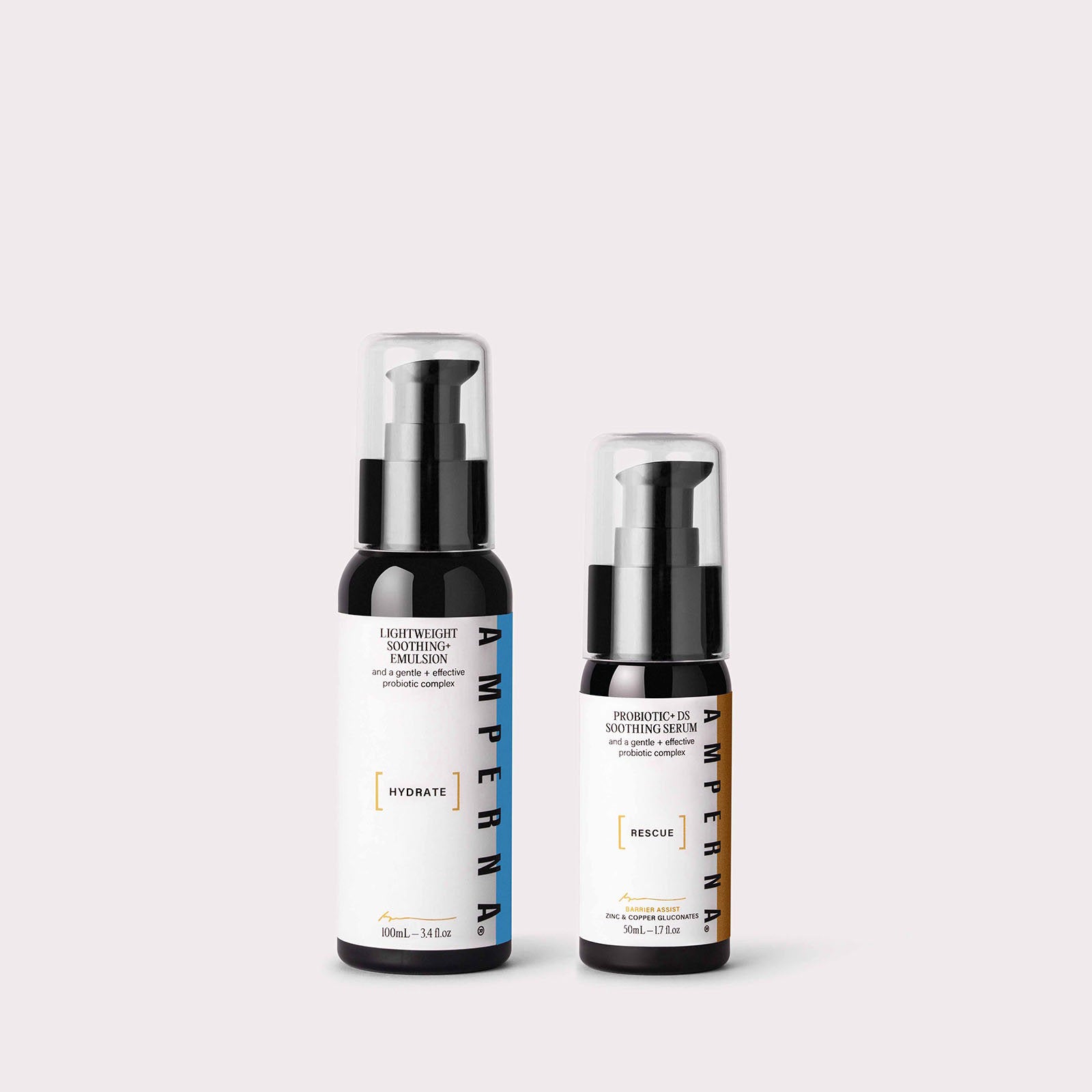
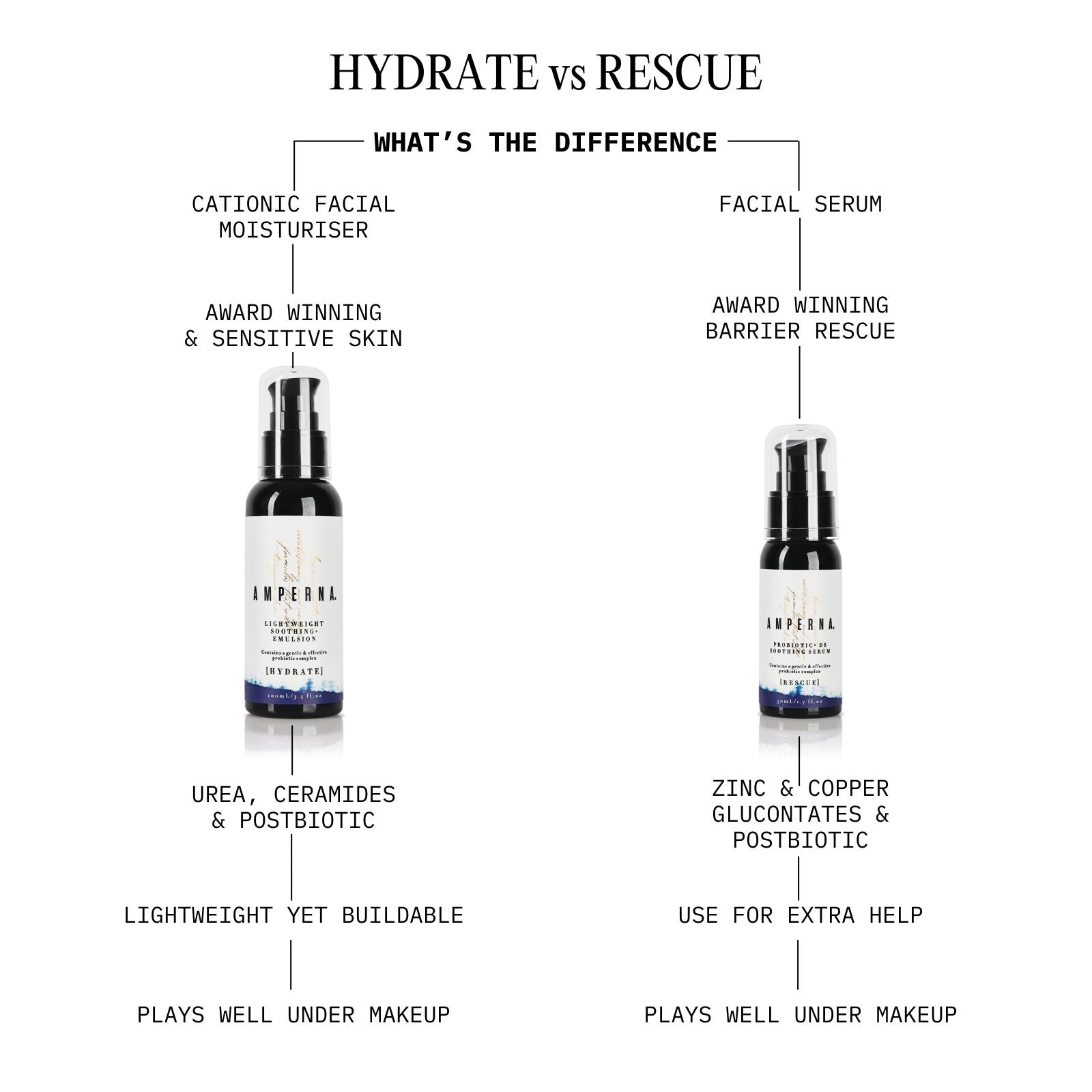
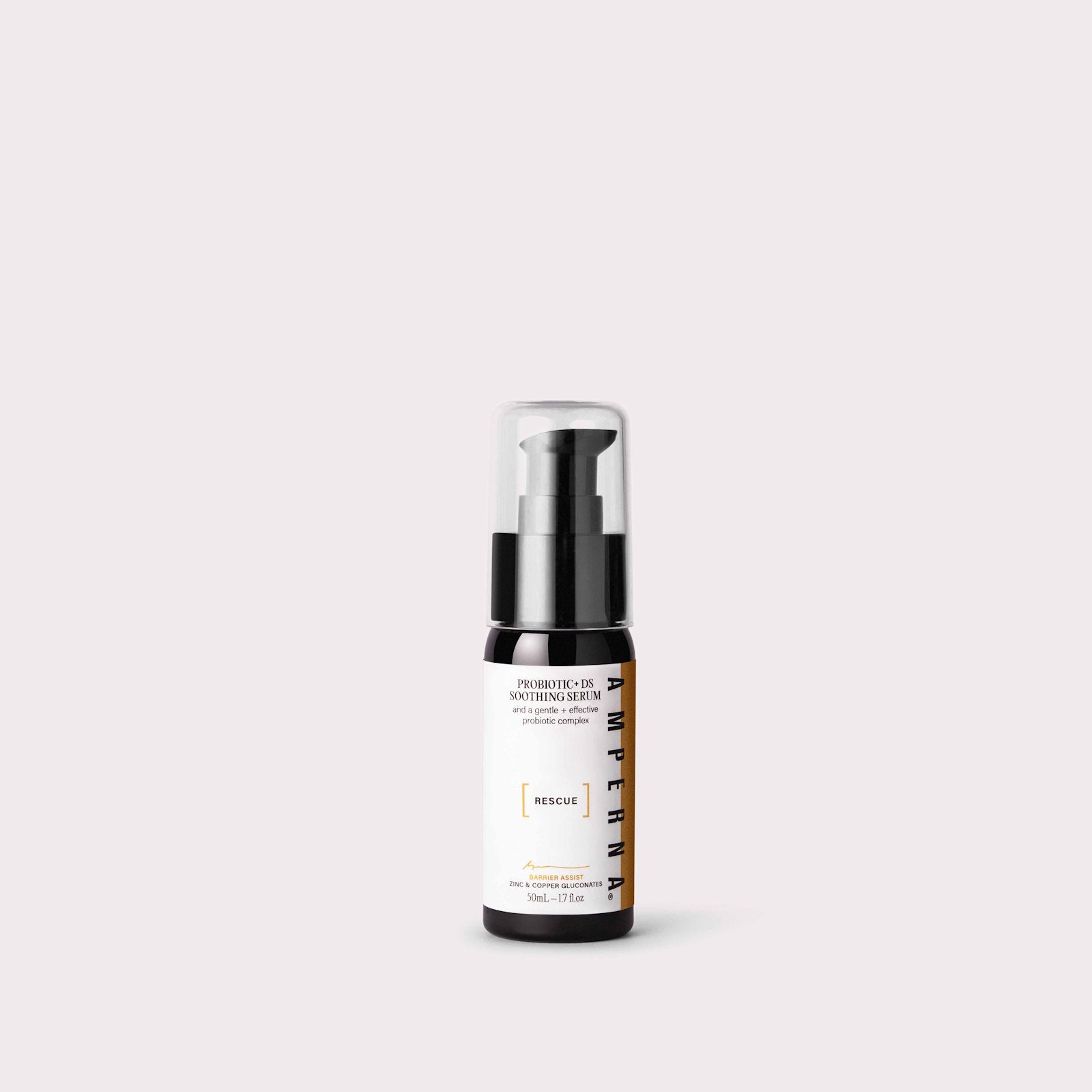
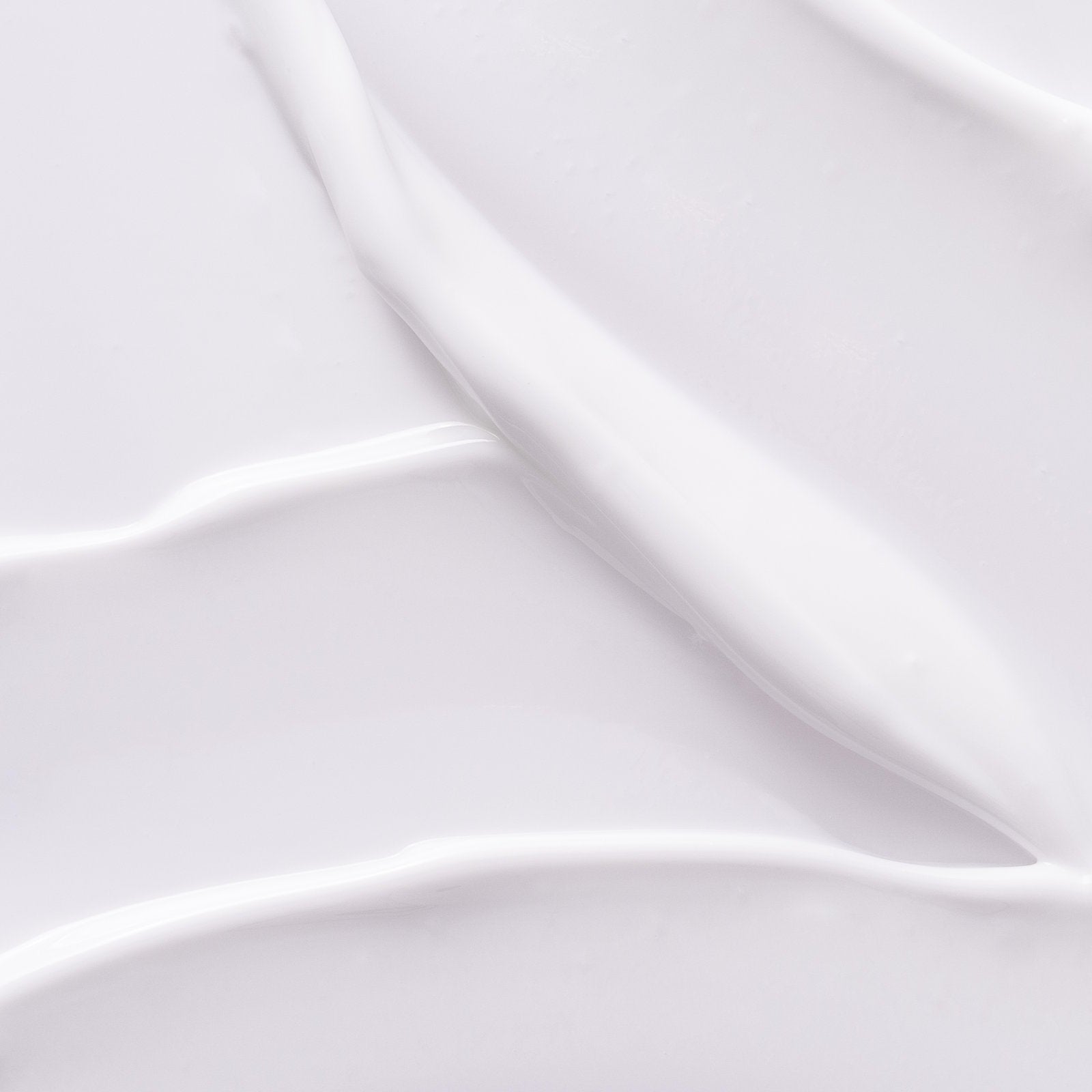


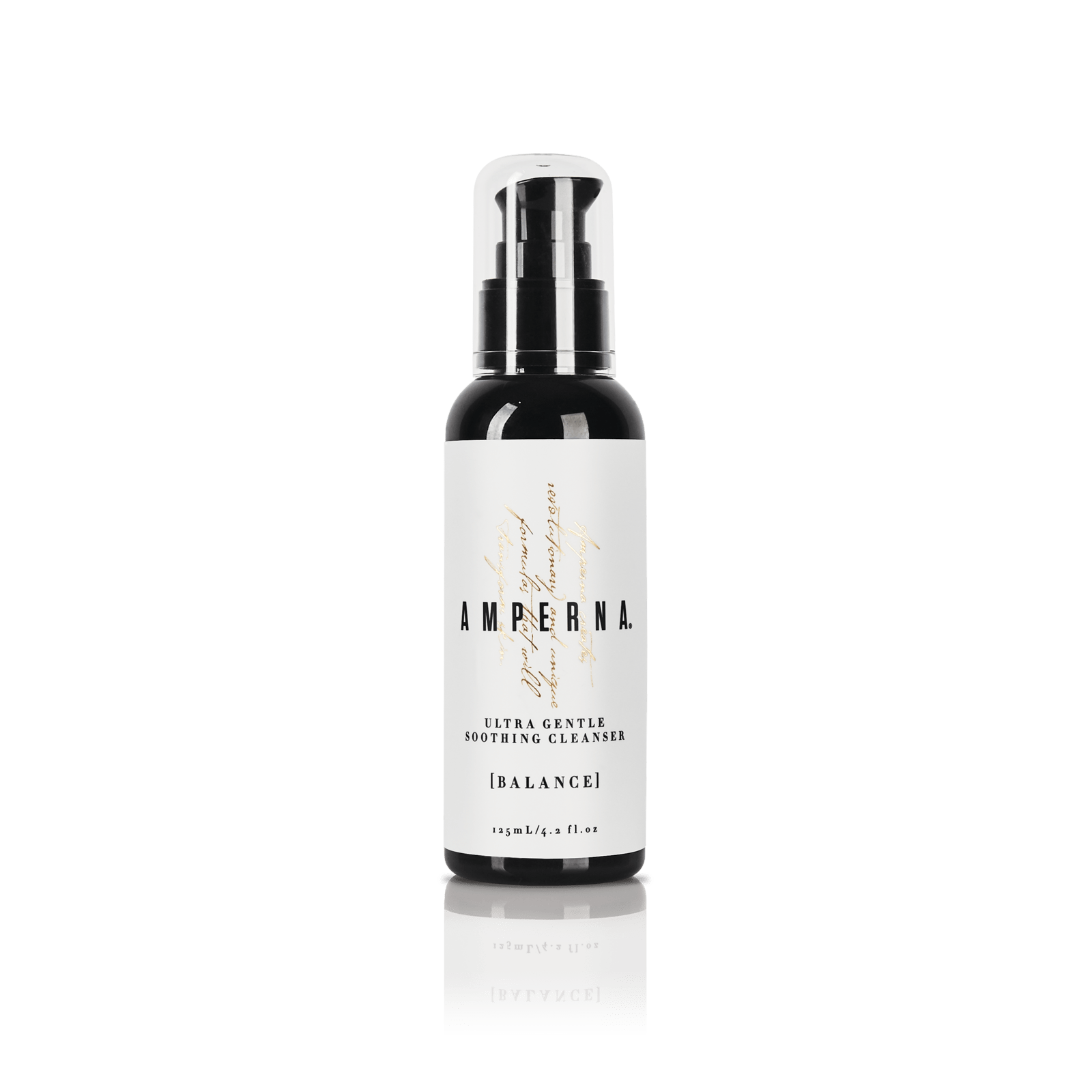
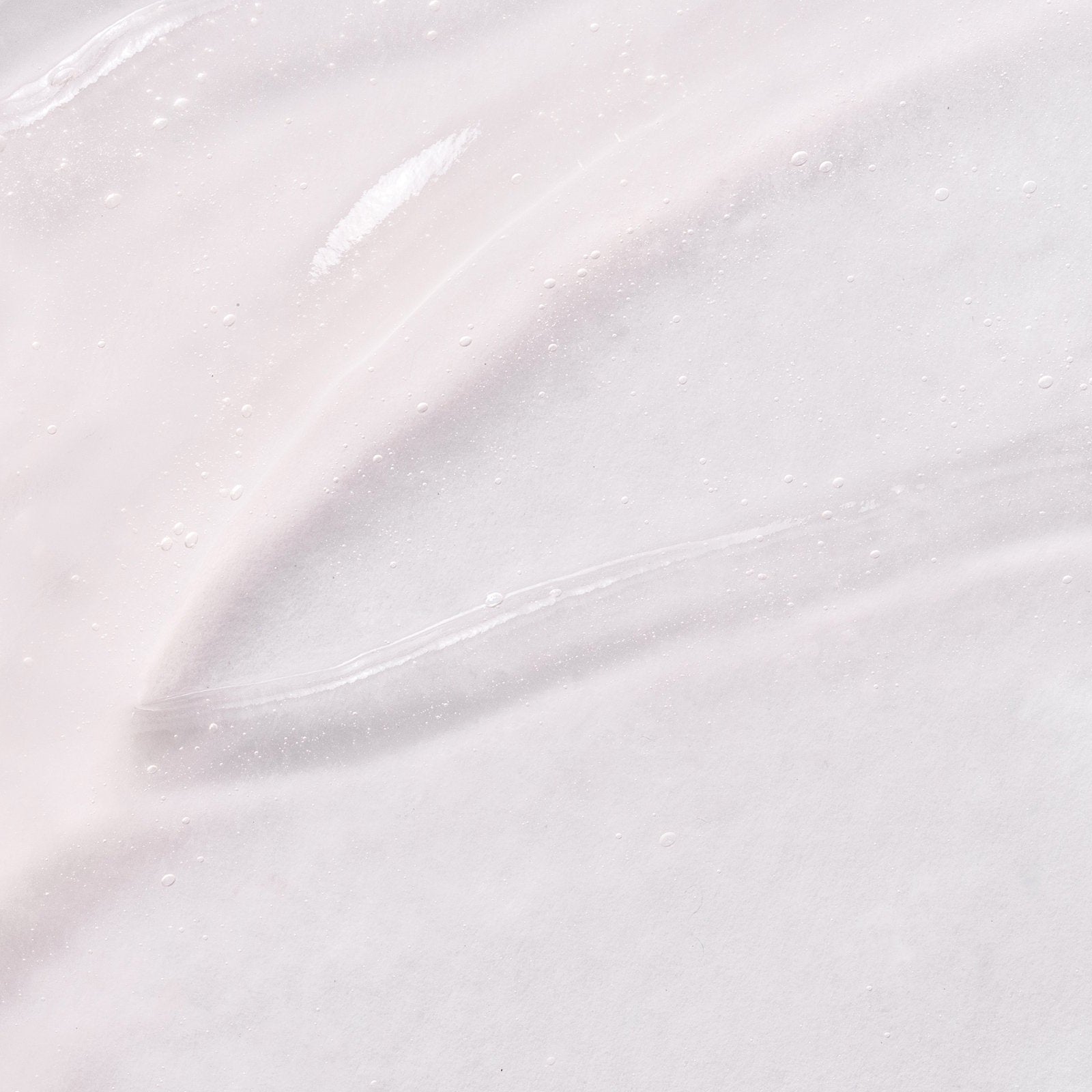
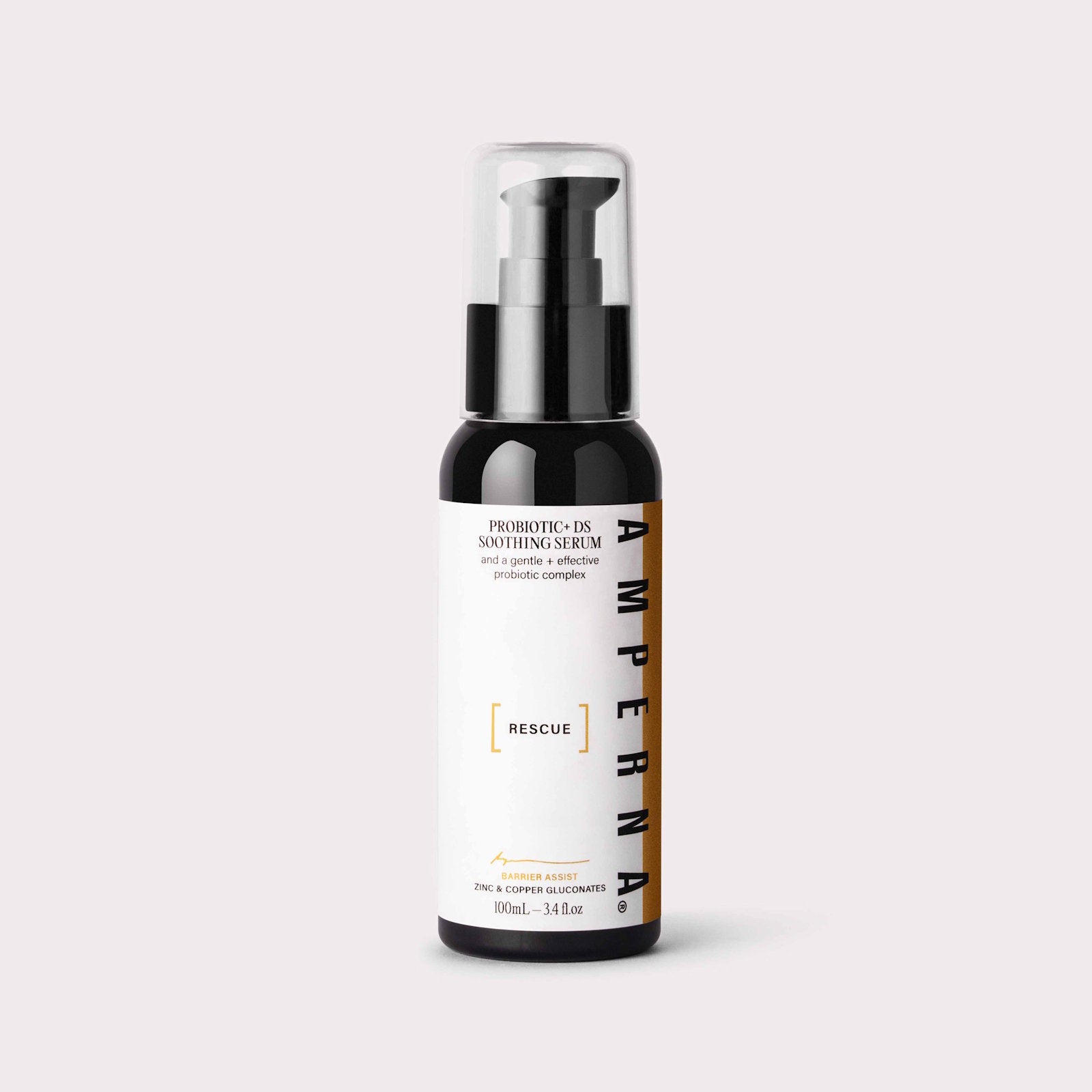
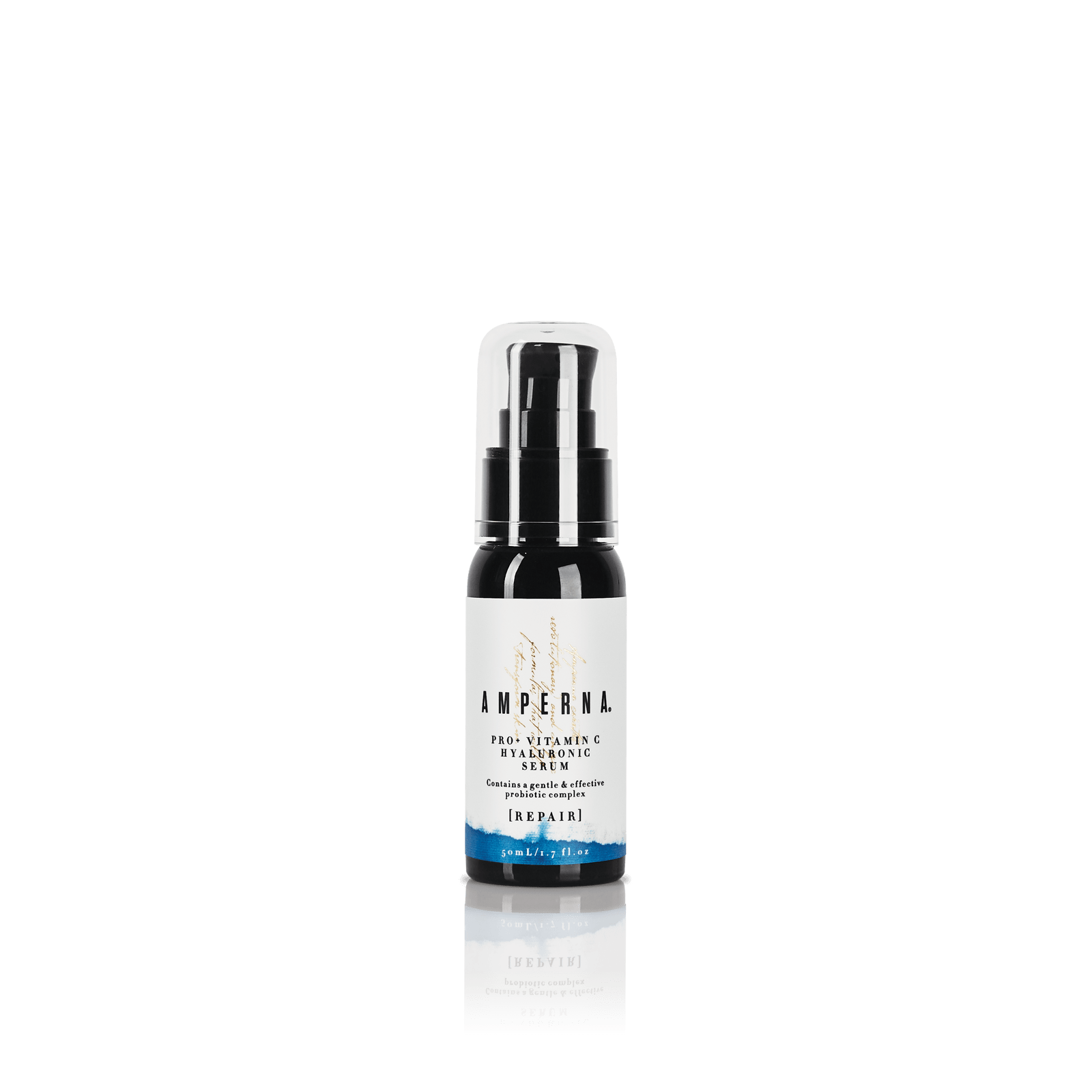
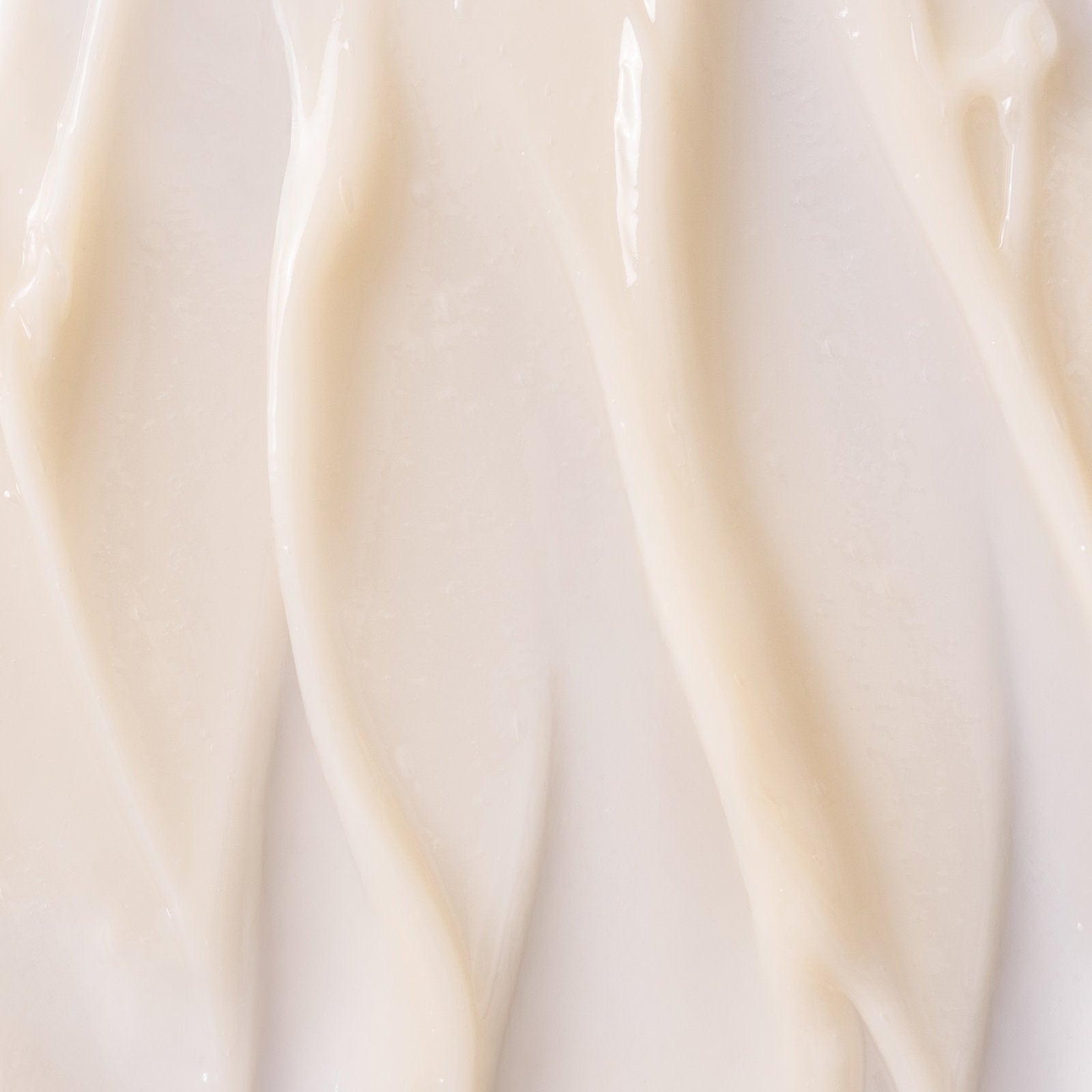
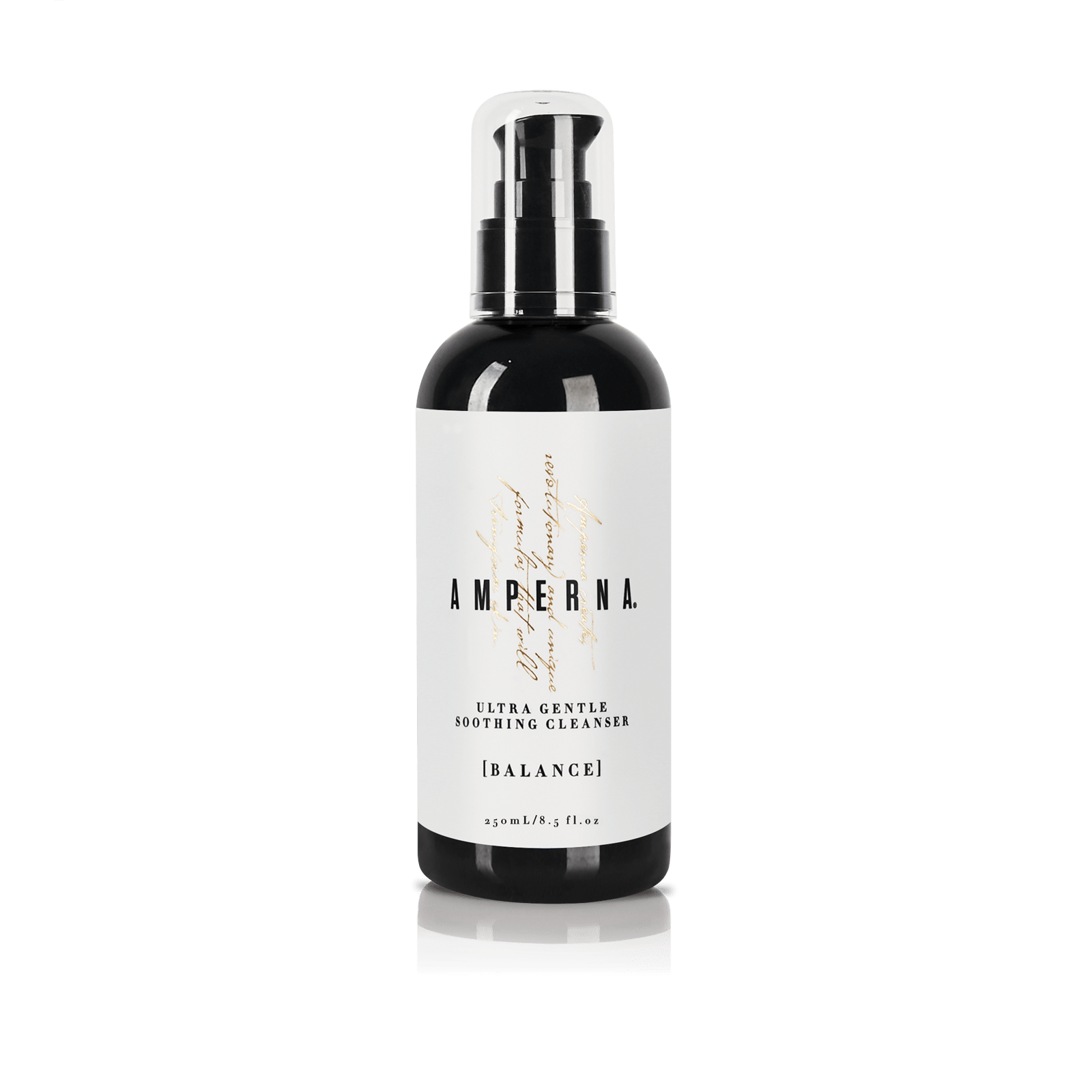
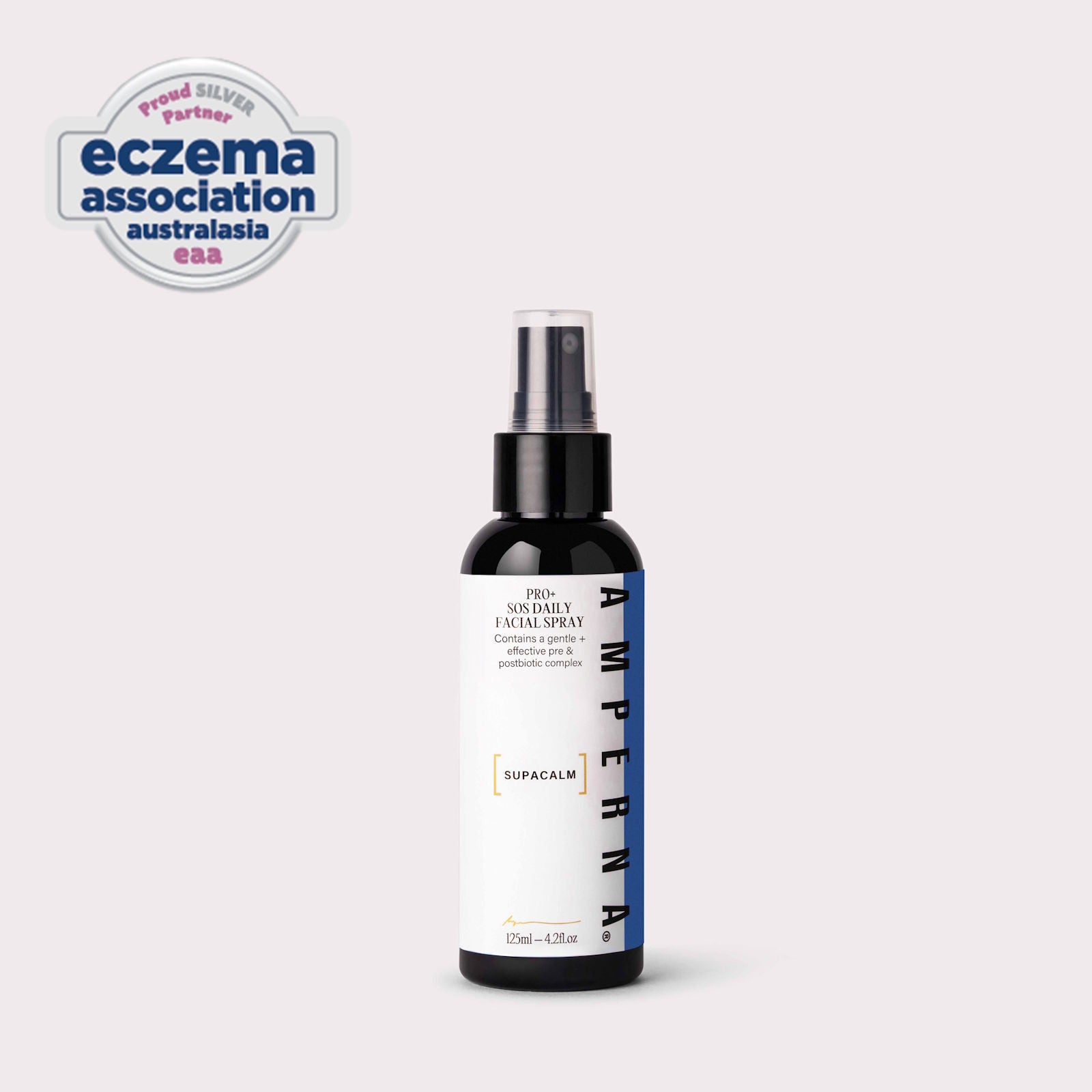
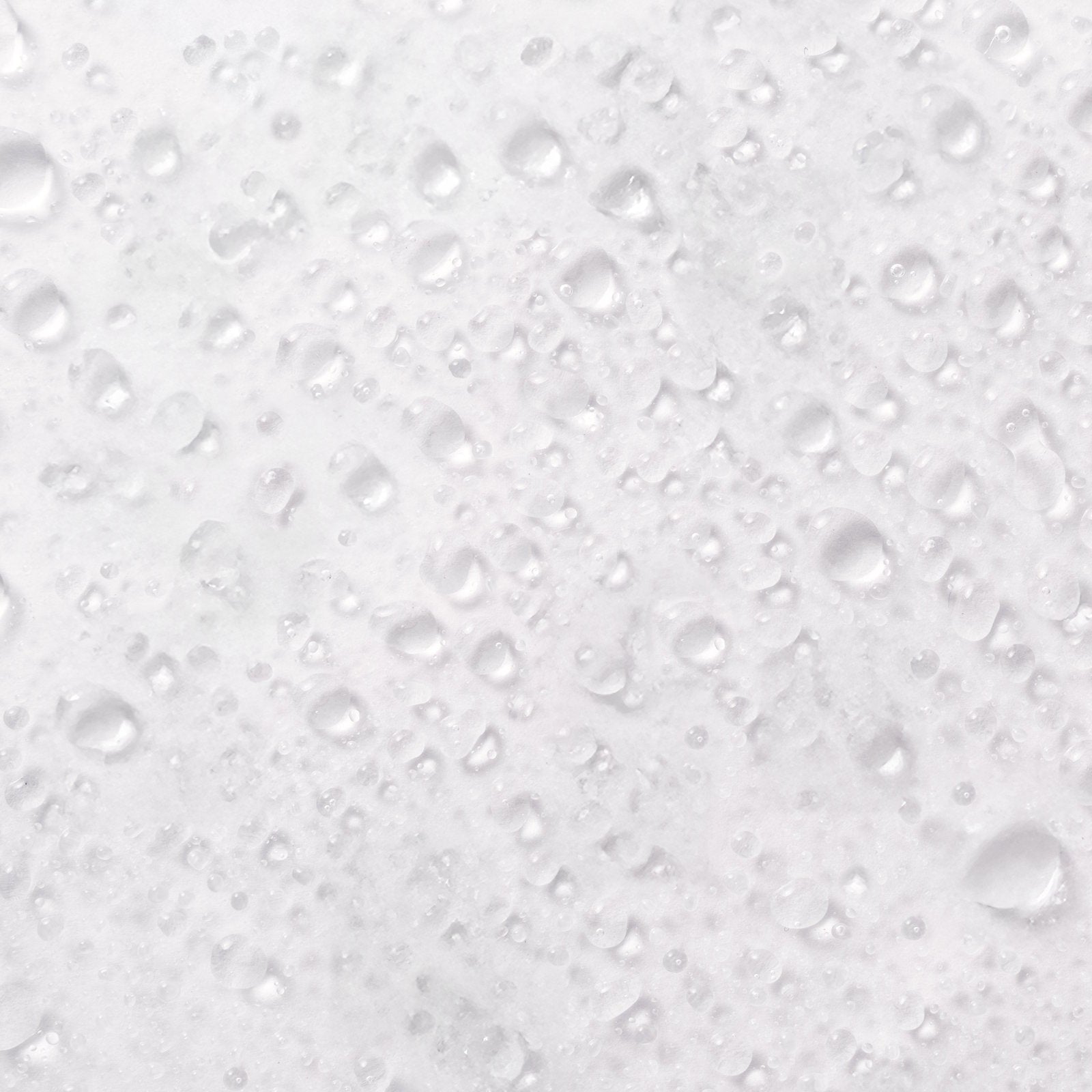
![Introducing AMPERNA® [DERMACARE] Haircare: For Scalp Comfort and Strong Hair](http://amperna.com/cdn/shop/articles/42_efd53385-7cf9-4b45-8e54-982415ee8fbc.jpg?crop=center&height=720&v=1761871871&width=1200)
